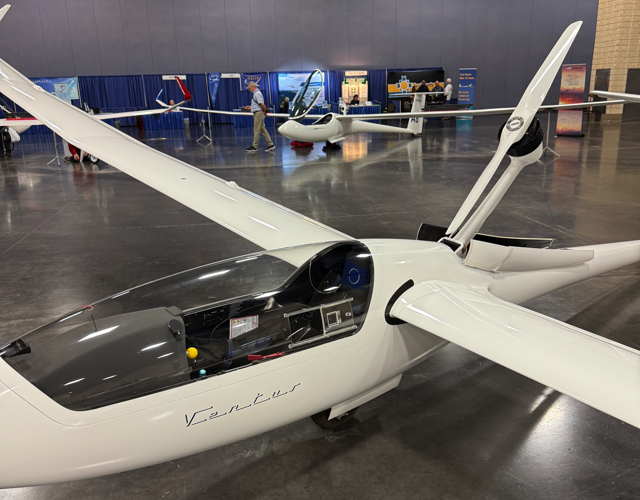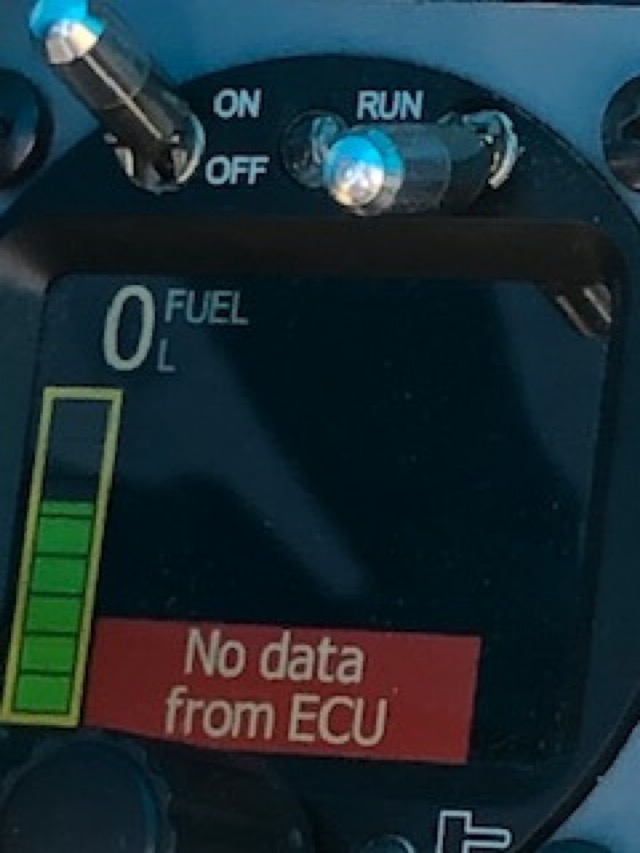Technical Info Website and Newsgroup Resources for Wankel-engined Motorgliders
Long-time ASH-26E owner/pilot Eric Greenwell maintains a great "Tech Site" and an active Google Group for Schleicher Wankel-engined motorglider owners and professional maintainers. The "Tech Site" contains technical articles on many different subjects containing comprehensive and detailed information useful to those who maintain and fly Wankel-engined motorgliders. The Google Group provided a discussion and information exchange forum which keeps the Wankel-engined motorglider community informed and up to date on the latest news and issues, and is a searchable resource for historical and technical information. Eric maintains these resources independently from ASA, but he wants ASA members who own or maintain Schleicher Wankel-engined motorgliders to be aware of these valuable resources. If you own or maintain one of these and would like to request access, send Eric a request via email. Include your name, country of residence, type/registration/serial number of motorglider owned/maintained, and email address. Eric's email address is
This document describes how to change the tire on the ASH31mi

Important Notes:

The bi-annual SSA convention was held in Knoxville, TN in October 2024. The ASA President, Tom Seim, gives his observations on trends in the sport of gliding, the exhibits and on the presentations he attended.
The convention highlighted the growing trend of electric motorgliders, with manufacturers addressing heat dissipation challenges. The ASA Motorglider Maintenance Seminar received significant attention, covering various maintenance topics and updates on new technologies. The convention also featured presentations on hydrogen-powered gliders, in-flight tow hookups, and the Perlan high-altitude pressurized glider.
Click here to view the article SSA 2024 Knoxville Convention Report (130.81 KB)
 Motor-glider pilots must manage safety margins during air-starts due to the unreliability of motor-glider engines. The decision height for air-starts depends on factors such as glider characteristics, weather conditions, and landing options.
Motor-glider pilots must manage safety margins during air-starts due to the unreliability of motor-glider engines. The decision height for air-starts depends on factors such as glider characteristics, weather conditions, and landing options.
Pilots should consider factors like altitude, field size, and motor reliability. They should have backup plans for both successful and unsuccessful starts, and always prioritize safe landing options regardless of when or where the failure occurs.
Motor-gliders require more planning, altitude, and time than pure gliders due to the added complexity of motor operations.
This is a link to an article by Dave Nadler on How Low Can You Start Your Motor
Page 2 of 5